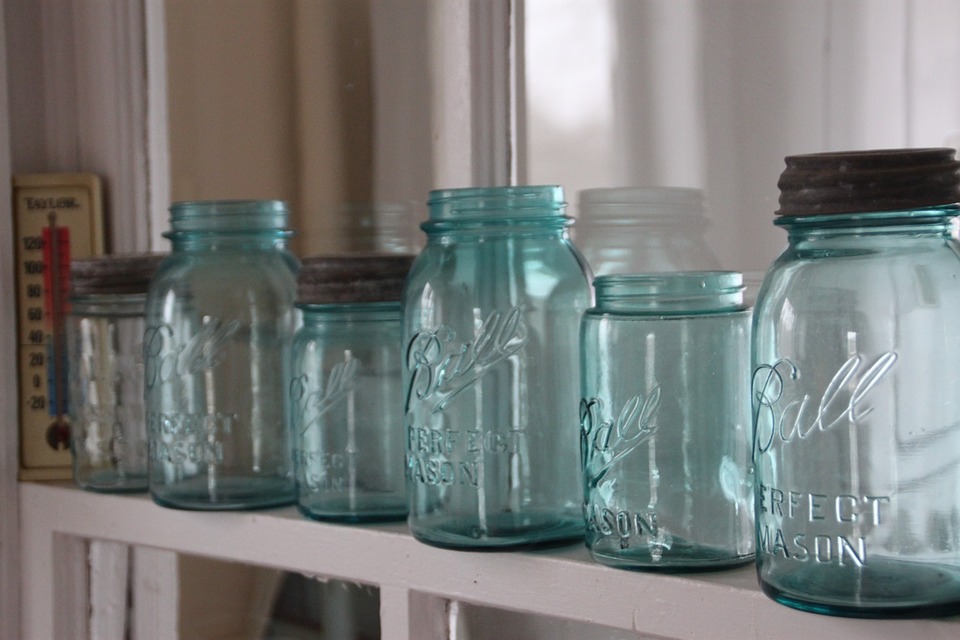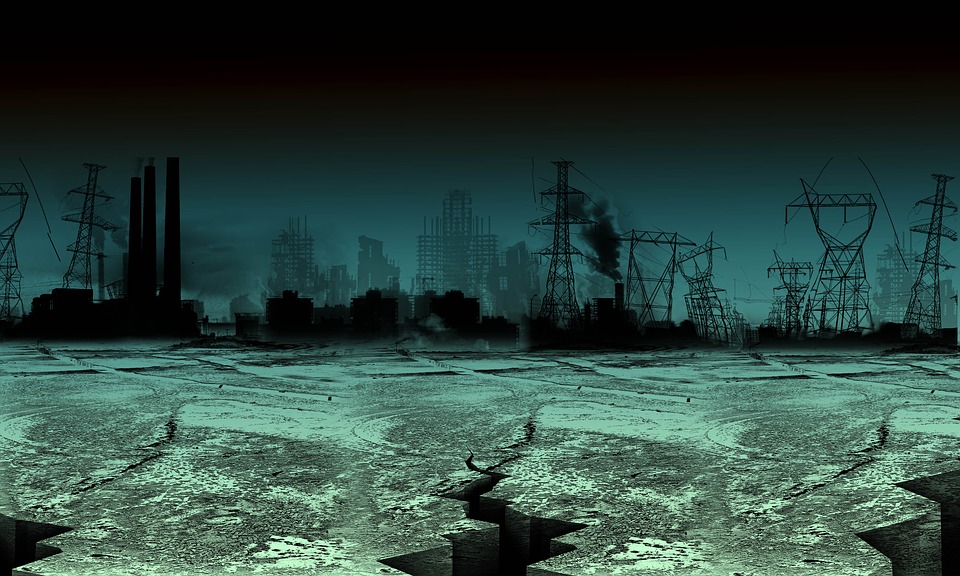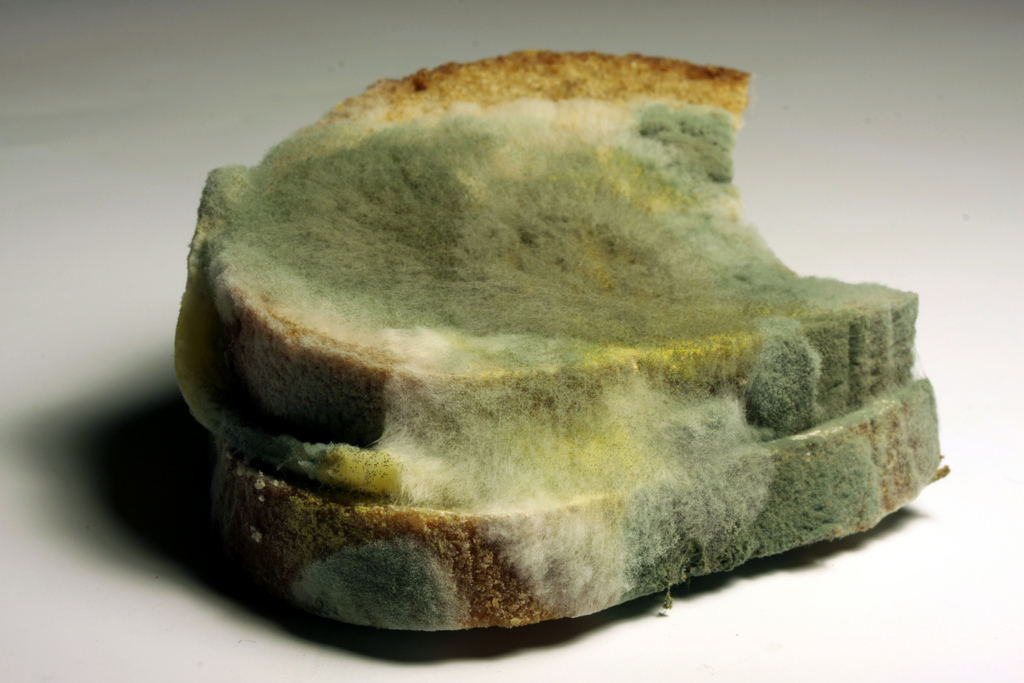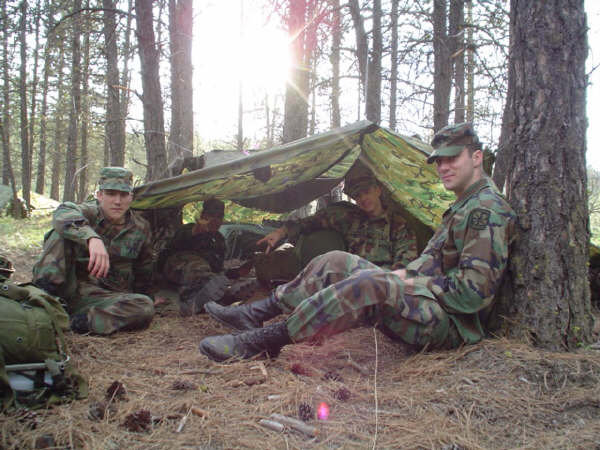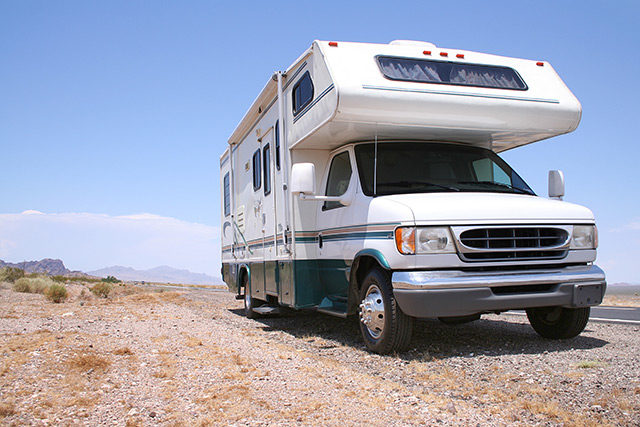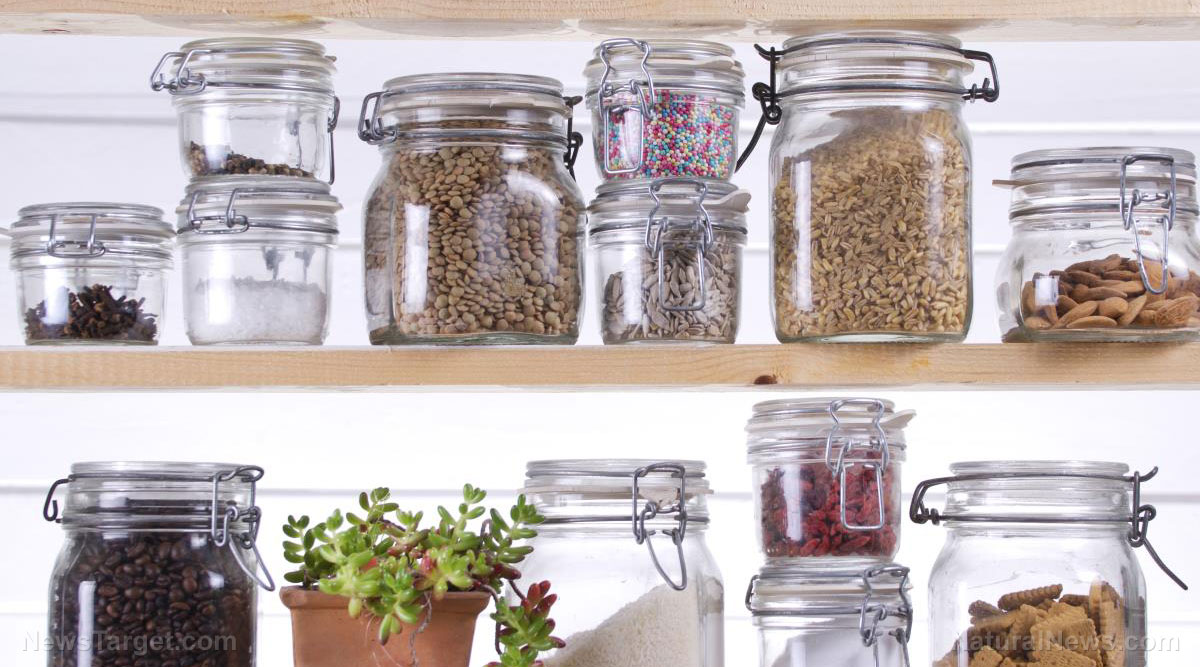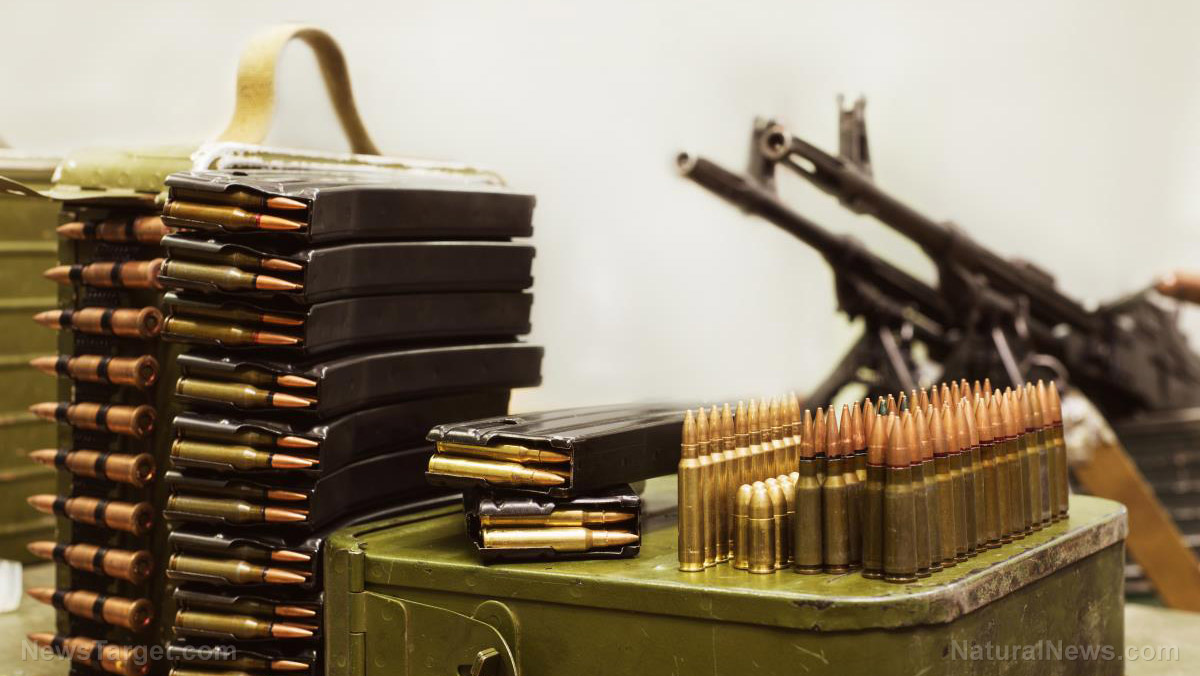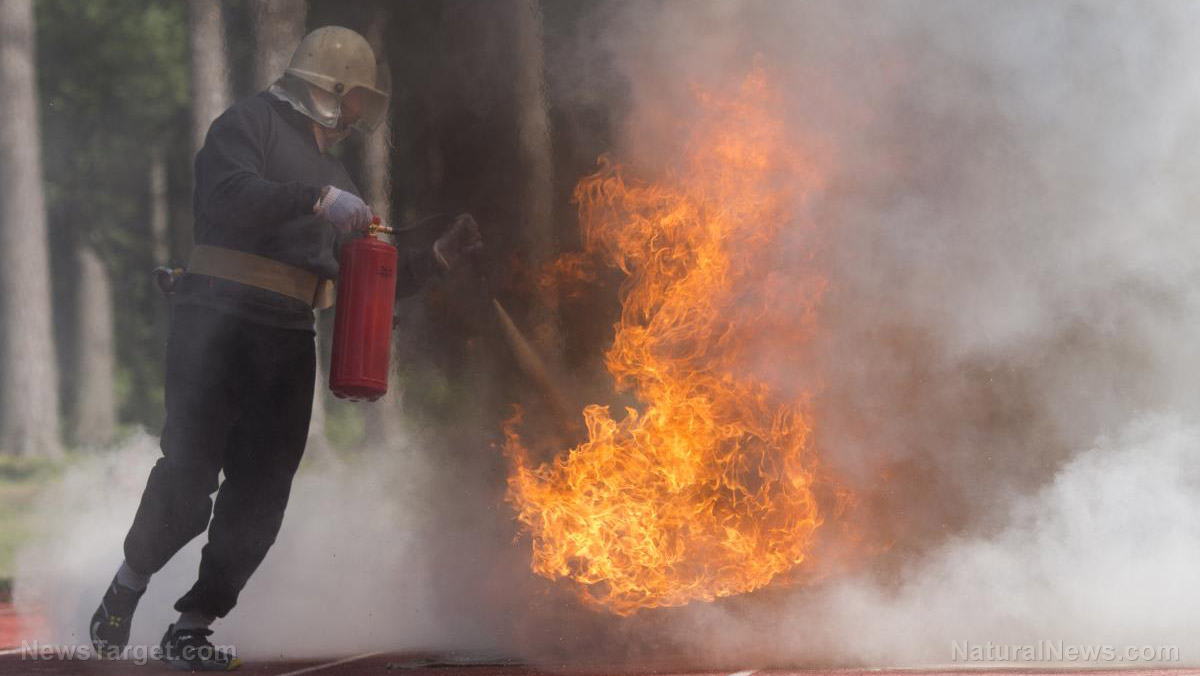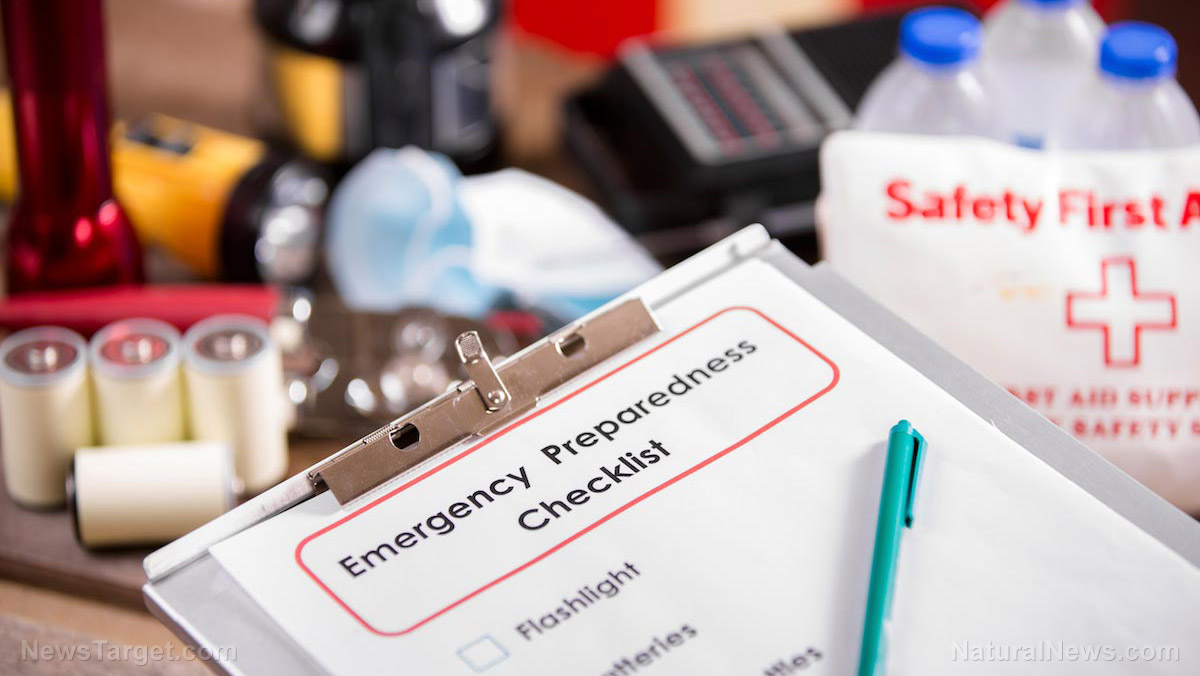The best prepping habits for outdoor survival
01/06/2019 / By Zoey Sky
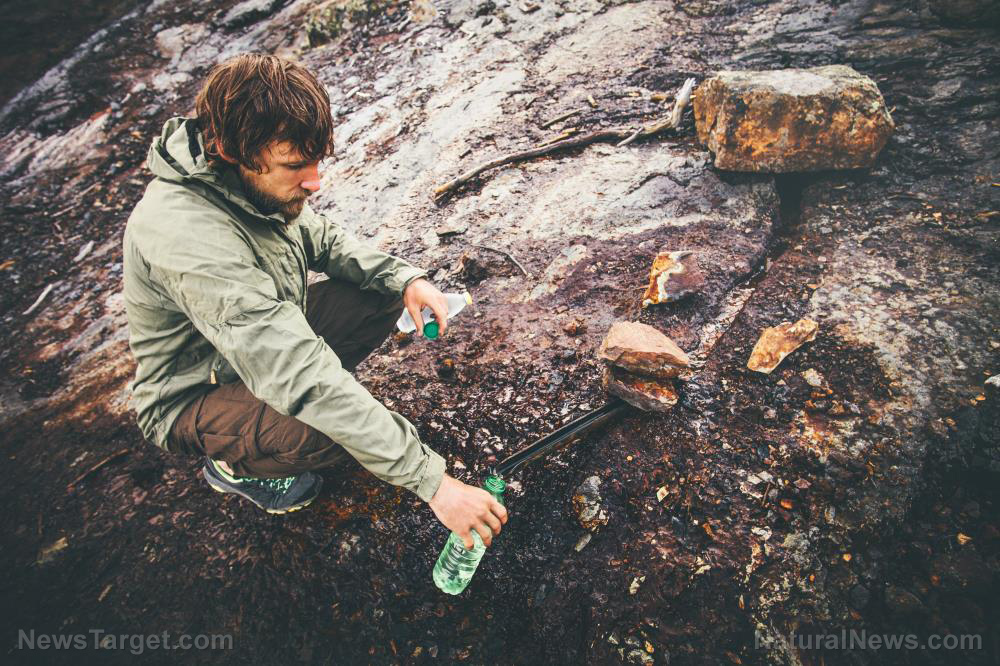
The great outdoors is beautiful, but preppers know that when things take a turn for the worse, wilderness survival can get pretty ugly when you’re unprepared. If you ever get trapped out in the wild, you can improve your chances of survival by practicing these five crucial survival habits. (h/t to PrepperBits.com.)
The wilderness can change, and factors such as climate, seasons, and terrain will determine the different challenges that you may have to face when SHTF. For example, Alpine areas, deserts, and wetlands can all present unique obstacles in a survival situation.
Before you head out for your next outdoor trip, try to learn about these five important prepping habits. They are listed below in the order of importance.
Finding water
Remember that you can only last three days without water, making wilderness survival very dependent on finding a clean source of water. Consider this if you’re traveling to an area where water is scarce, such as in the desert. (Related: What are the absolute must-learn skills every prepper should know?)
If you don’t have any water with you, you can try to find a clean water source. However, even the cleanest looking stream may contain bacteria or parasites that live in host animals. Ingesting this kind of water is sure to cause stomach problems that can make survival even more complicated. You can prevent this by bringing water filtering tablets or using filtering straws. A high-quality filtering straw will allow you to drink directly from a contaminated water source, and they work by filtering contaminated water via activated charcoal or micron filters.
Fire making
When you’re trapped outdoors, you’ll need more than two sticks to rub together before you can start a roaring fire. Below are some of the best fire starting tools that you need to include in your survival gear so you can cook or stay warm:
- Propane lighter – One of the most successful methods of starting a fire.
- Steel and flint with steel wool
- Strike anywhere matches – As the name implies, these matches can be used to start a fire anytime, as long as you keep them dry. Get waxed matches at sporting goods stores an store them in waterproof match containers.
Here are some DIY fire starting options that you can try:
- Cotton balls and petroleum jelly – These items can be found at home, and you can use them both to make DIY fire starters for your camping gear. Melt the petroleum jelly and dunk the cotton balls in the liquid, so they absorb it. When you need to start a fire, pull some fibers to form a makeshift wick and apply flame. This survival fire starter can burn for about 20 minutes or so.
- Gauze and hand sanitizer – Both these items should be included in your first aid kit so you can start a fire easily. Get a thick, folded over a square of gauze, then soak it in hand sanitizer. Hand sanitizer has alcohol, making it flammable. The gauze acts like a wick and provides material for the flame to burn, aside from the alcohol fumes in the sanitizer.
- Wax and fibers – To make a “wax and fiber” fire starter, fill an egg carton with cotton balls, dryer lint, or sawdust, then cover the whole thing with paraffin wax. The wax helps the fibers stay dry, and helps the burn time of the fibers.
A fire can help ensure your survival because it can keep you warm and you can use it to cook your food.
A first aid kit
You’ll need a well-equipped first aid kit in your camping gear so you can tend to various cuts and scratches when you’re outdoors. Other items you may need include natural painkillers made from herbs and medicinal plants, gauze, bandages, and various tinctures.
Having a good sense of direction
Even if you have strong cell reception, when communication lines go down during a survival scenario, you need to know how to return to your campsite by navigating the old-fashioned way with a map and compass. Learn how to navigate using other methods, such as the sky (e.g., sun and stars), so you can travel safely even when SHTF.
Knowing how to find food
Food supply is the last thing on your list when it comes to wilderness preparation. You can bring candy bars, freeze-dried food, jerky, or trail mix as an emergency food source. You can also make things easier for yourself by knowing how to fish, forage, and hunt.
Even a seasoned prepper can’t anticipate everything that may go wrong when disaster strikes, but these five habits can help you plan and prepare for different scenarios that you may encounter while you’re outdoors.
Browse more articles with prepping tips and tricks that you can use when SHTF at Survival.news.
Sources include:
Tagged Under: bug out, bugging out, Collapse, disaster, emergencies, emergency preparedness, fire making, first aid, food gathering, navigation skills, off grid, preparedness, preparedness and survival, prepper, prepping, prepping tips, self sufficiency, self-reliance, self-sustainability, SHTF, survival, survival skills, survival supplies, Survival Tips, survival tools, survivalist, water sources, wilderness survival


